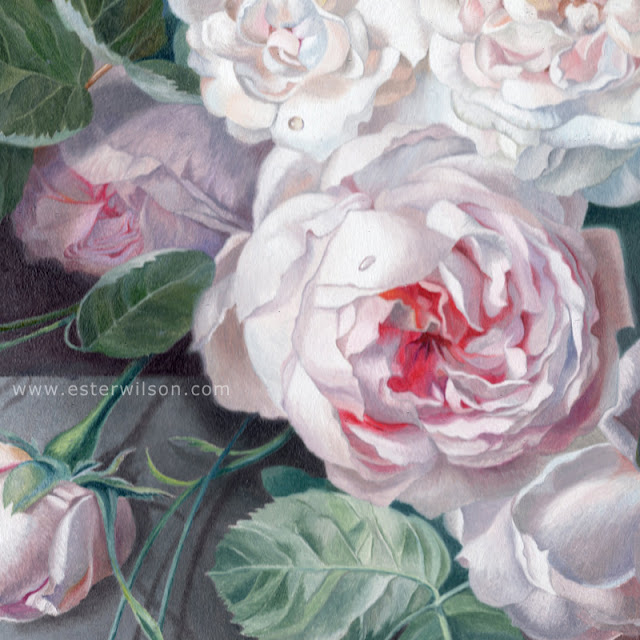Questions on Figure Drawing


 I wanted to answer a question put to me in a comment from Suzanne, but the answer was too long, so I'm posting here, out loud, my answers:
I wanted to answer a question put to me in a comment from Suzanne, but the answer was too long, so I'm posting here, out loud, my answers:"Ester. Do you draw all of your figures from life? The reason I ask is because I really admire the way you construct the figure. This is something that I do not know how to do and wonder if once you learn how, if you can draw a figure without a model"
I usually draw from life and photographs, but also occasionally will work out a sketch from my mind's eye too. An example of a figure from my imagination is on this post and this post.
I think the practice of anatomy from life drawing is essential to understanding the way it would look in imagination. It's like muscle memory, remembering the certain curve in the wrist, or how a bulge of muscle makes the bicept look, etc. Recently, I've also been wondering the same thing; if I could construct people in my mind's eye just as richly as I can draw them with reference. The answer for me is that my drawings will always be different, and the task is to become comfortable with my own unique style that doesn't look like a photo. I don't want to draw cartoony, but I also have to be more lenient with what comes out - to accept images that don't exactly resemble things like my eye sees them.
I don't think of building the body in terms of geometric shapes, the way that many "How To" books say to. Rather, I think of curves in space, the expression of a gesture that speaks without words. It's almost more feeling based, than building blocks. This makes it more difficult and time consuming to get that right look, but when I do I feel more satisfied with it than simply following a block pattern to create shapes. In the end, I don't know that anyone can pick out the differences between how I think to put it together vs. how someone else thinks to put it together. That's just how I work when I draw - same when I look at a figure from life. I feel the curve of a knee as it twists in space, and try to follow the feeling of curve in my mind and pencil.
While in school, I was always instructed to sketch out the general shapes of figures before going into the details of that form, but I don't work like that. My best drawings have always been made full force, no roughing it first. I think it's because I like to jump right to the details, and draw a "final" as I go - no need to waste time sketching around. Everyone works different, and it's silly to try to follow someone else's way of thinking/drawing. If anything, it will just take you that much longer before finding your own style with drawing.
I don't know if there is a line that we can cross where suddenly we are able to draw from imagination, but I do know that the more I draw, the more my confidence grows in that task. If it's a goal of yours to generate solely from imagination, then all I can say is dedicate to it and chase after what you want like crazy. Practice is the only way to get better.


I mainly draw from photos... the image is already flat, which makes it easier to understand how to translate that depth to the page.
ReplyDeleteI wish I could just draw what I see in my head... but you can learn a lot from photo reference, like how the light falls on the body, which is priceless. I feel like I learn something new about the body, and/or light and shadow everytime, so it's not all bad.
yeah, I agree. There is a ton to learn from photo reference, especially wanting to draw things that you can't find in your own daily life, like a huge variety of body styles or far off lands. I first started drawing when I was little by drawing other people's drawings, as well as from photos. Really, any drawing you do is helpful.
ReplyDeleteThank you so much for such a thoughtful answer to my question. Surprisingly, in a sense, I think I draw the human form in much the same way you do...through "curves in space." In addition, I rely heavily on contours, which many "professors" may discourage. But, it's like you said, each individual has their own way of working.
ReplyDelete